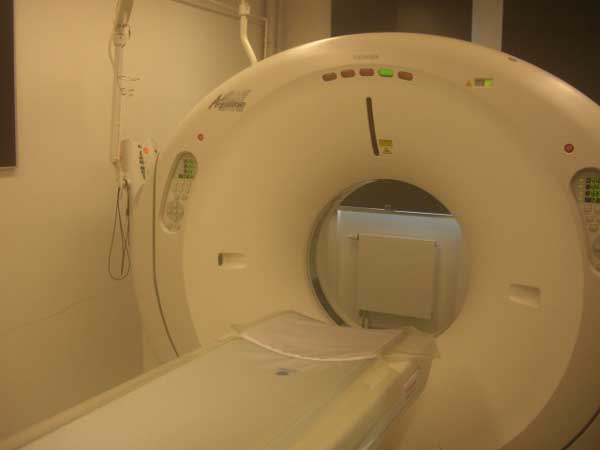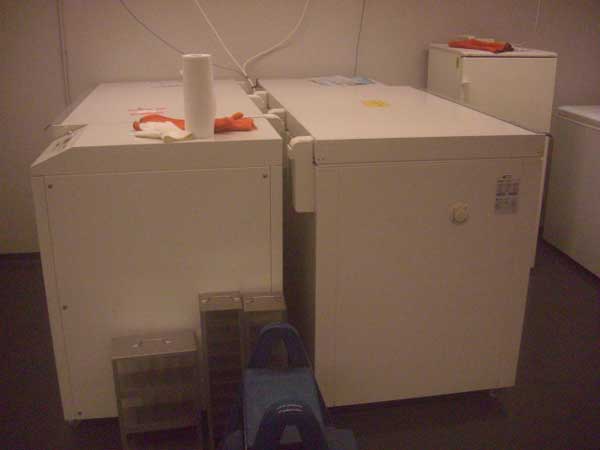Japanese report
AS-HOPE report
Number: AS-23-013
Attendance at 8th International Conference on Behavior, Physiology and Genetics of Wildlife
Report: ABE HIDEAKI
Date: 2011/9/11 - 2011/9/24
I gave a poster presentation at 8th International Conference on Behavior, Physiology and Genetics of Wildlife entitled "A Combined Method for
Identifying Large Macaws Based on DNA Barcodes and Microsatellite Profiles" and argued
with participants on this topic.
I also participated in a lot of symposiums and working groups in order to obtain the information on the latest topics on wildlife genetics.
I had a discussion with scientists who had great interest in forensic study for wildlife management.
After congress, I visited on the Libniz Institute for Zoo and Wildlife Research and had a chance to see highly
equipped genetic laboratory.
I was deeply impressed by the advanced equipment in the laboratory as well as their knowledge and technique on molecular genetics.
In the Max Planck Institute for ornithology, I could view the cutting-edge research on the polymorphisms in avian genomes and its association with behavioral characters.
They had a modern laboratory for genetic analysis and several aviaries for passerine birds such as the zebra finch, blue tits, and house sparrow.
Further, there were more than four thousands of DNA specimens of passerines, whose had detailed records on behavioral traits.
These features enabled the scientists in this research institute to conduct large scale analysis on correlated study between genetic variation and behavioral traits
of passerines.
Finally, I visited on the Welt Vogel Park in Walsrode where had the largest avian collection in the world.
In this aviary, birds were exhibited in the comfortable environment similar to their natural habitats.
This park was actively involved in the conservation act of wild habitats for endangered
avian species.






AS-HOPE Project< > >
|




